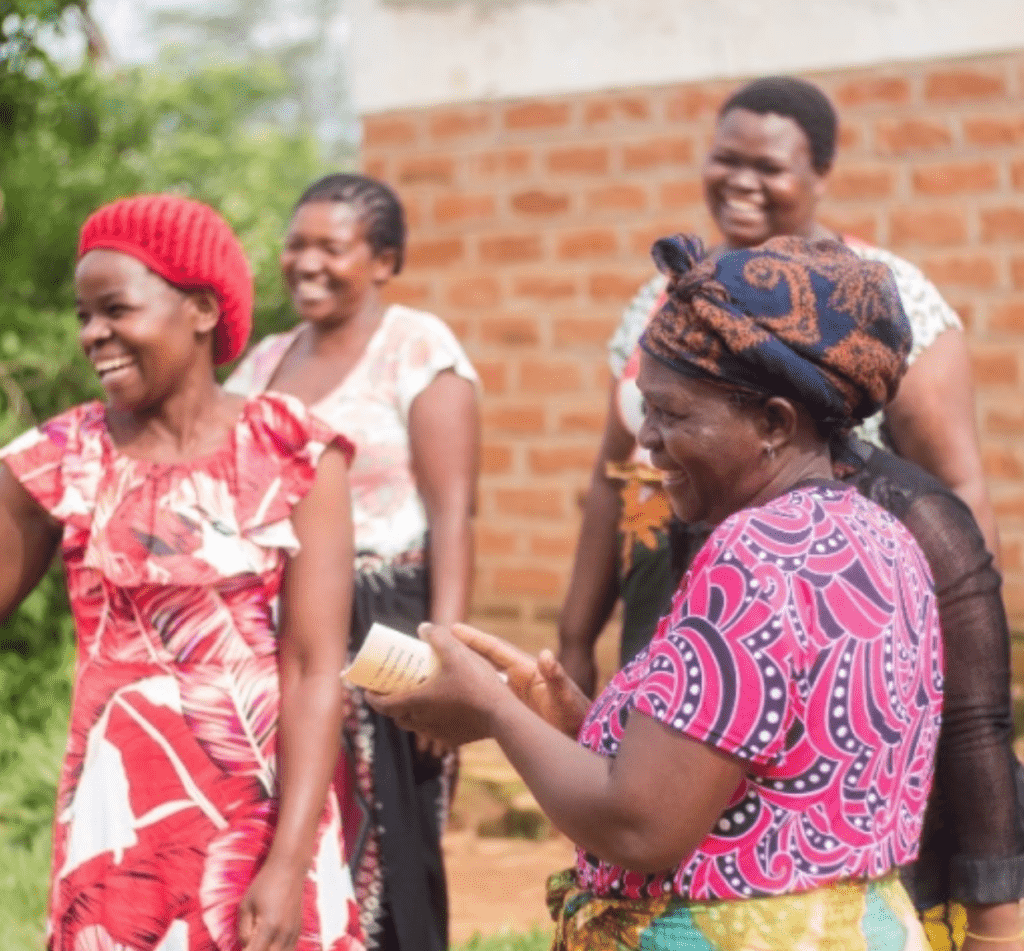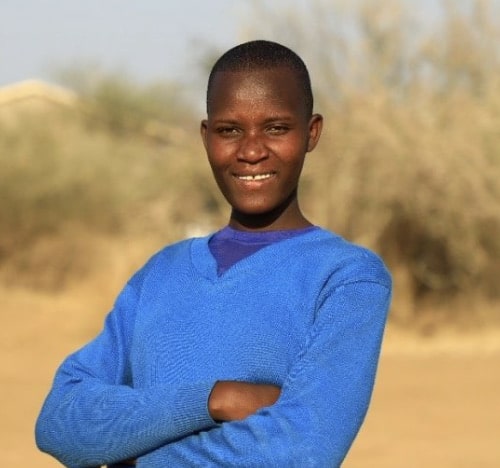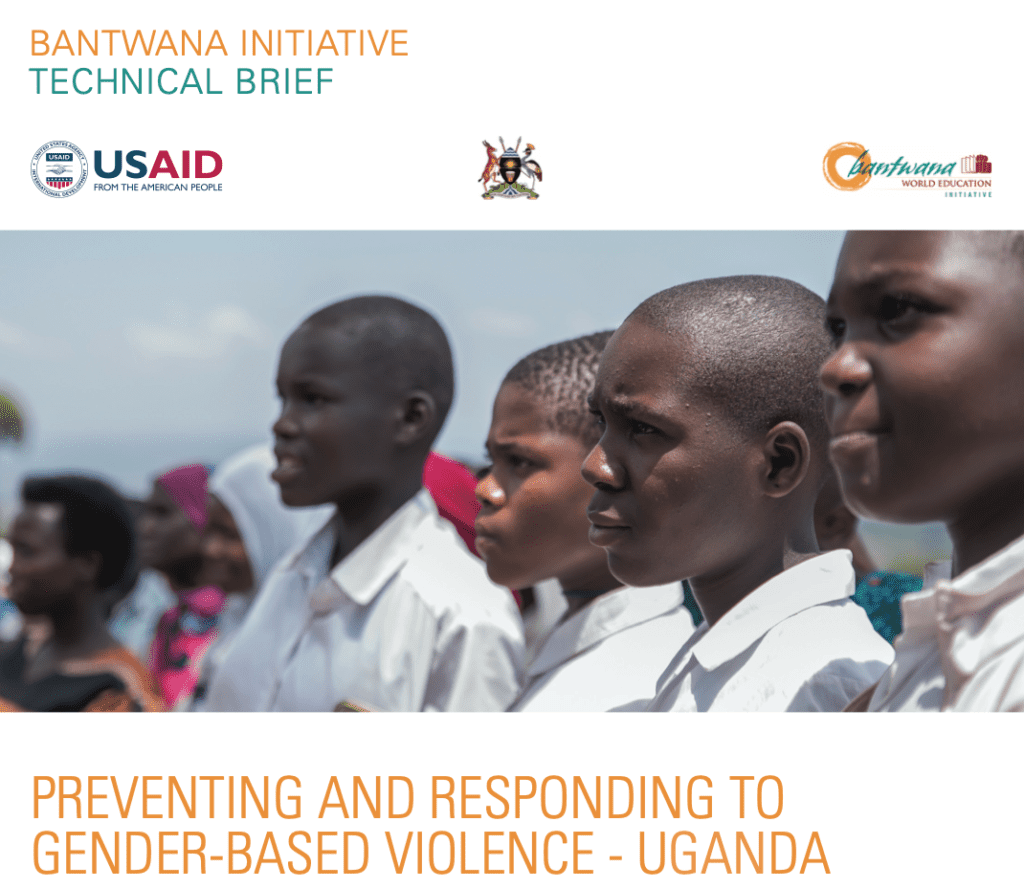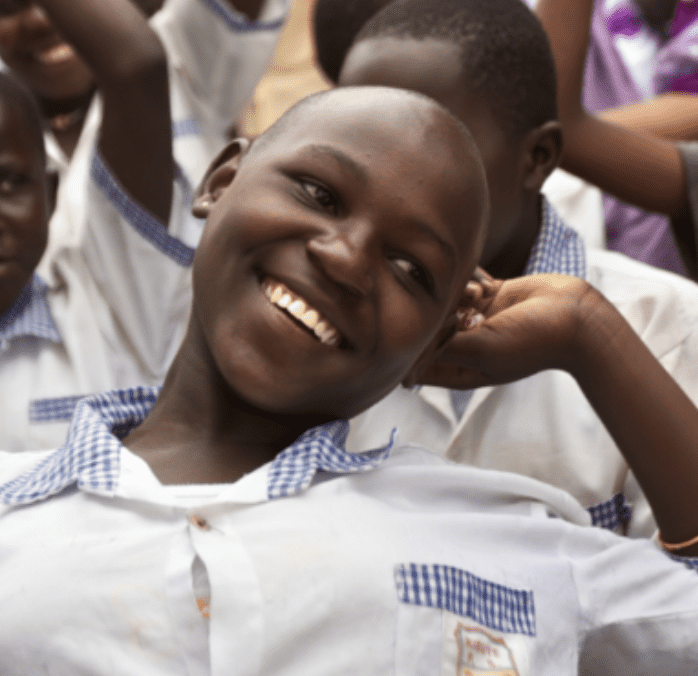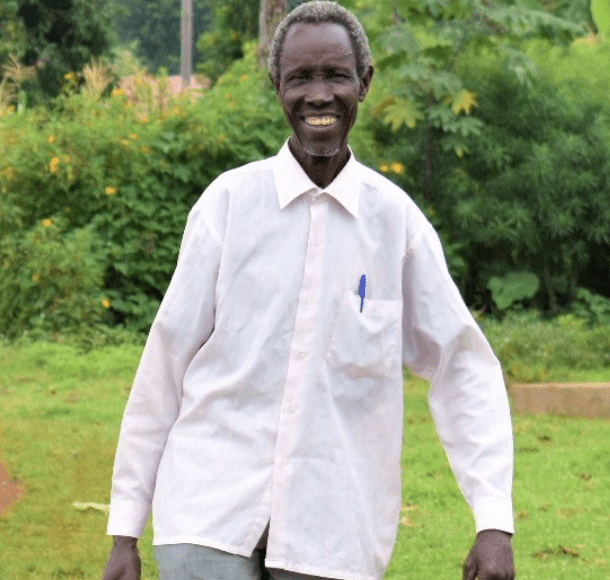This website uses cookies so that we can provide you with the best user experience possible. Cookie information is stored in your browser and performs functions such as recognizing you when you return to our website and helping our team to understand which sections of the website you find most interesting and useful.
Gender-based violence is a hidden pandemic with staggering social and economic costs. The United Nations estimates that approximately one in three women – an estimated 736 million women – have experienced sexual and gender-based violence in one form or another at least once.
Survivors of GBV, particularly girls and young women, suffer psychological trauma, unwanted early pregnancy, HIV exposure, and may be forced into an early marriage (itself a form of GBV). Unattended, these survivors face long term physical and mental health consequences, aside from education disruption that limits their economic prospects. Yet, many countries around the world have oftentimes underinvested in measures to adequately deal with this pandemic.
Children & Adolescents
Children and adolescents are at especially high risk of experiencing GBV, yet often do not have the resources to facilitate their recovery and break the cycle of violence. The resources below are intended to help prevent and respond to gender-based violence.
HIV
Individuals with HIV, especially women and girls, are at increased risk for GBV. These resources target the intersection of HIV and gender-based violence.
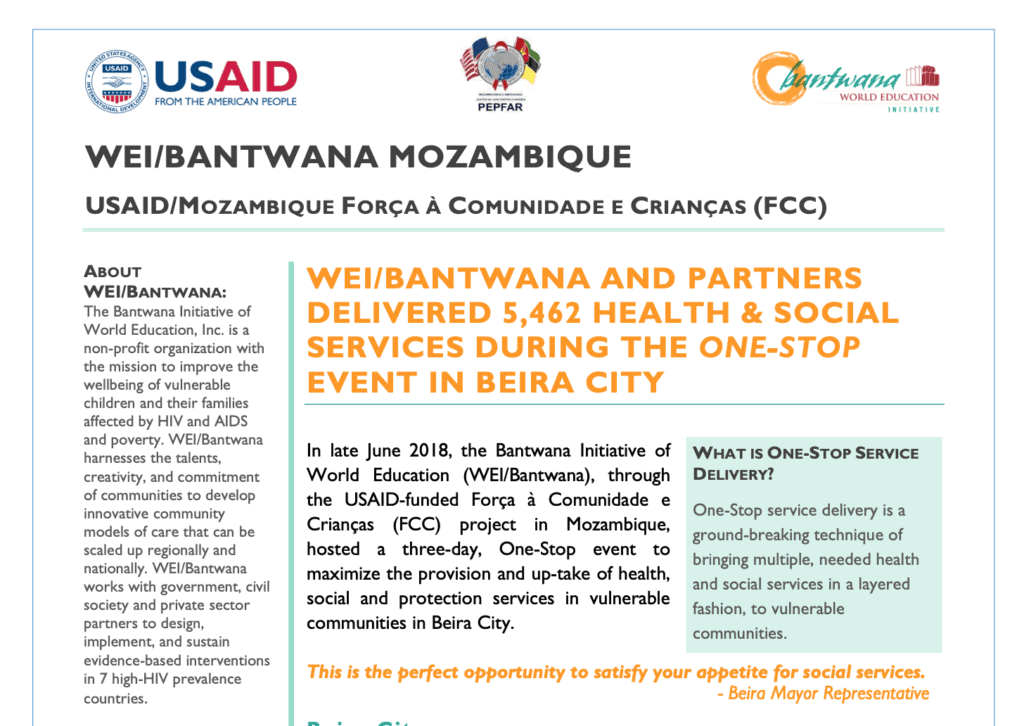
Social Behavior Change
Drawing on our experience working with communities, these resources provide locally tailored approaches to engaging communities to prevent and respond to GBV.
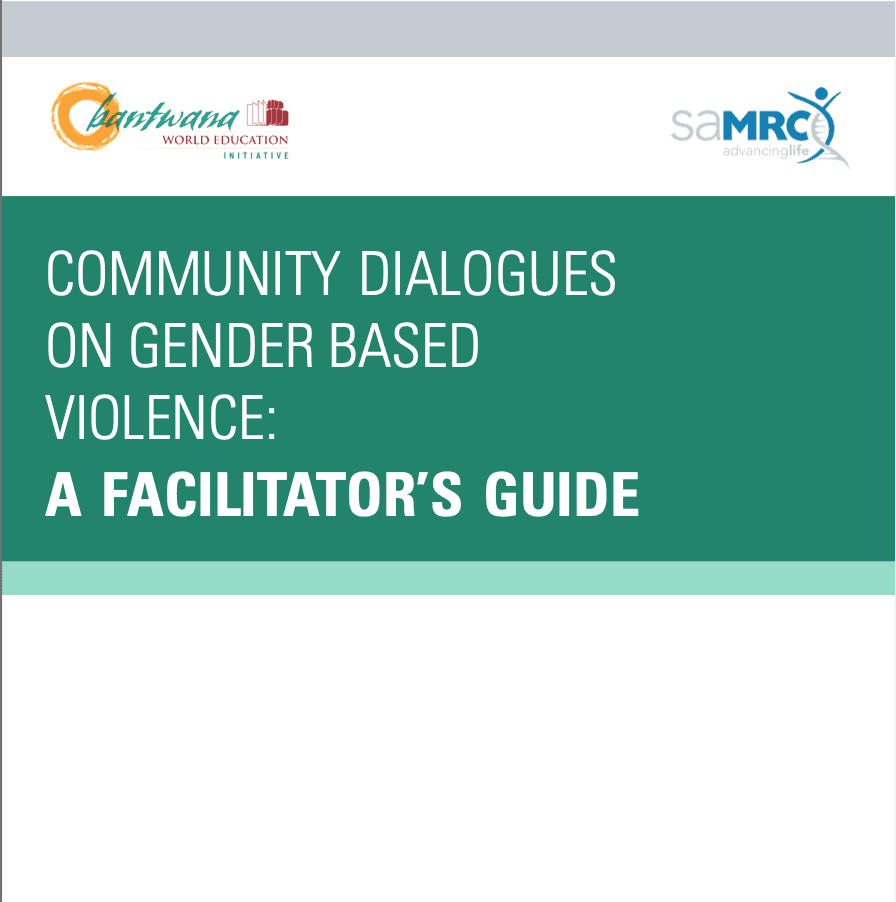

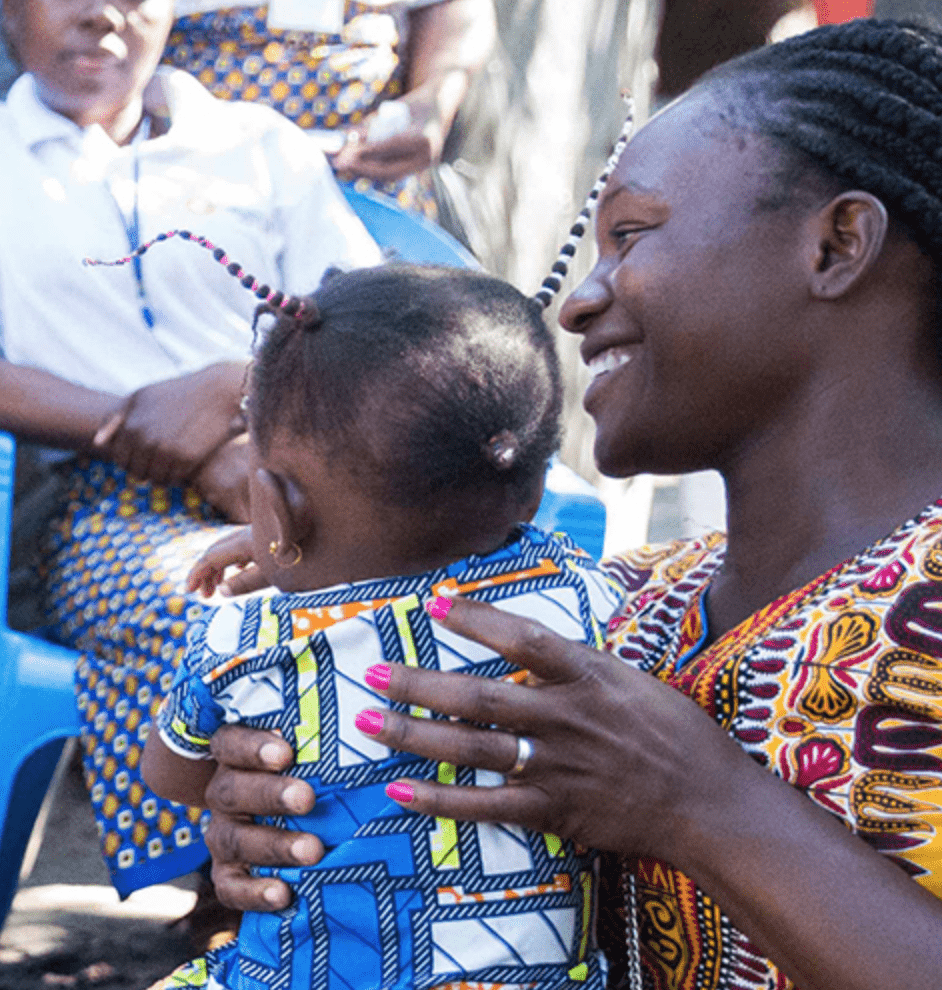
Clinical Providers
Service delivery programs are key in the prevention and response to GBV. Every clinic visit made by a GBV survivor presents an opportunity to ameliorate the effects of violence and help prevent future incidents. These resources are intended to strengthen service providers’ capacity and help providers reflect on and discuss GBV prevention and response.

